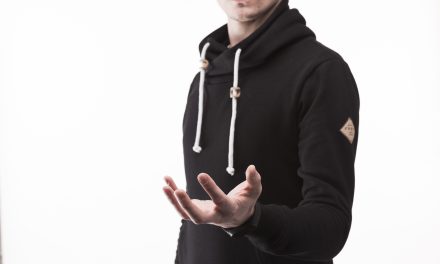All textiles and clothing manufacturers are not the same. This article will show the way to find the right factory. Sourcing clothing from Bangladesh will be a wise decision to launch new collections.
But, it will be ending your factory search with disaster, if you make a random factory selection without the verification of supplier’s capacity to meet the quality.
Now you know what to do when finding a clothing manufacturer. Here are some main factors to take into account while you are going to select clothing manufacturers in Bangladesh.
1. Controlling substance and compliance with foreign textile regulations
With the inclusion of Australia, United States, and Europe, most countries regulate the clothing manufacturers in Bangladesh and all over the world. Registration, Evaluation, Authorization, and Restriction of Chemicals (REACH) is a European Union regulation dated 18 December 2006.
REACH addresses the production and use of chemical substances, and their potential impacts on both human health and the environment. On the other hand, the United States regulates formaldehyde, AZO colors, and asbestos through FHSA (Federal Hazardous Substances Act).
In other countries, Bangladesh too, especially the smaller, most of the factories are not aware of using the substance.
This issue goes beyond the manufacturer as it is rooted deeply.
Fabrics and components are being purchased from subcontractors. The result comes like, non-compliant factories need so long time and more samples to test. Your product reach lead time increases then.
So, if you think you need shorter sampling and delivery time with compliant products, then you are an email away. Knock us, we will take your all responsibilities.
2. Requirements on textiles labeling
Don’t just think that regulations are limited to substance, product labeling is also a matter of regulations. Country to country, these requirements on labeling varies.
Most of the counties ask to include the information of the country of origin (Made in Bangladesh), washing instructions, and fiber content information.
However, this labeling requirement doesn’t define compliance.
Or, it is not exactly a compliance issue. Basically, retailers or importers country feel the importance to follow their own regulations and verify compliance issues.
The supplier will just print or arrange it according to your requirements.
3. Knowledge of fabric quality is a must
Do you think, smaller suppliers provide low-quality fabrics and big factories can give you the best qualities? Wrong. It is not like that.
Textile has grown up to the peak of the consumer needs which requires the assuredly, quality & sustainable characteristics to further meet the competency in the market.
In today’s highly complex and changing consumer marketplace, those in the soft-lines and textile industry, including manufacturers, brands, and retailers should ensure that the products they deliver to market meet consumer expectations along with the required safety, regulatory, and government standards globally.
Textile testing is the part of it, which makes the consumer sure in the respect of good quality, about the products sold in the market.
Products will achieve good quality either by meeting the standard norms as advised by the buyer or passing the complete parameters for further shipping out the goods to the end-user.
Before you start, you need deep knowledge of fabrications. You must keep your specification ready in order and do not assume that suppliers are specialized to fulfill your market needs as well as they will maintain your quality.
In this regard, if you can’t rely on them and you don’t have the time or deep control on quality, you just contact us we can control your quality through our inspection services.





Recent Comments